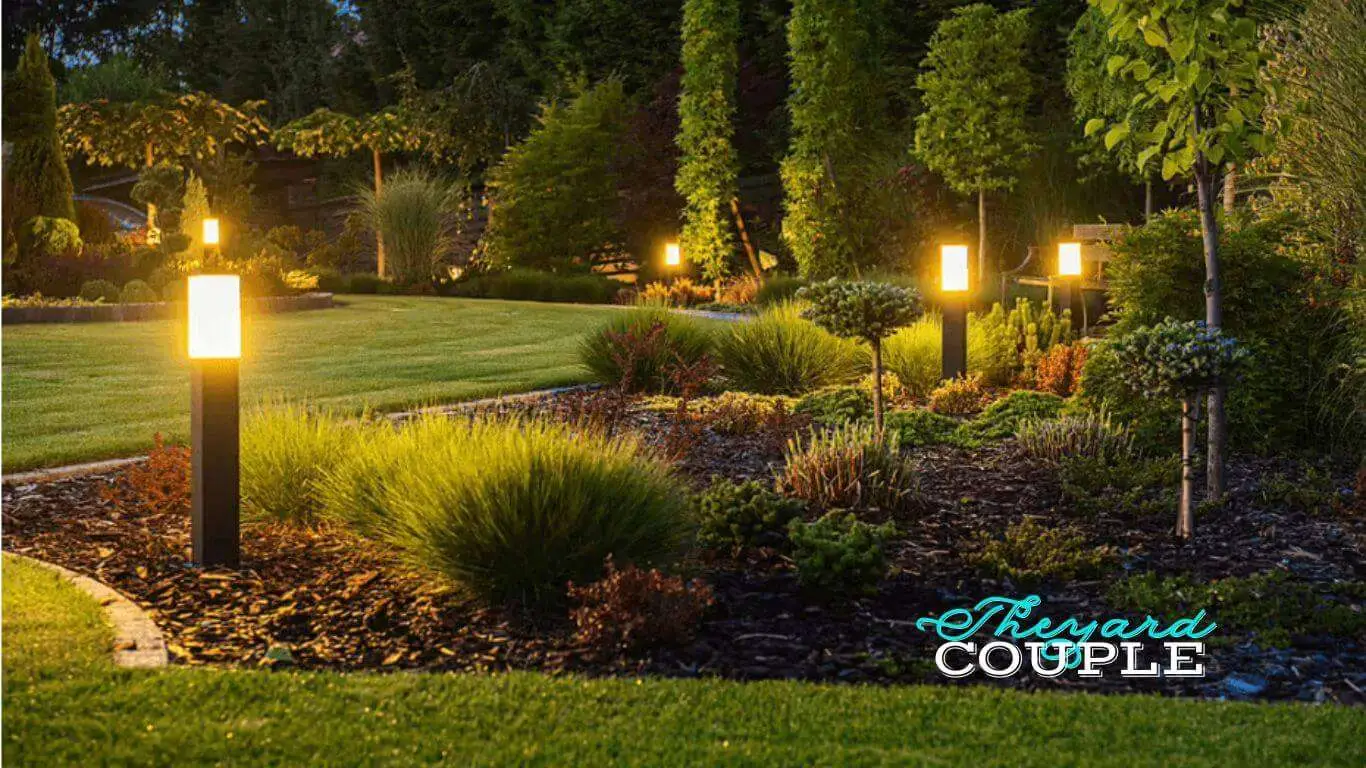Designing landscape lighting involves blending aesthetics with functionality to create a visually pleasing and safe outdoor environment. Here’s an in-depth guide on how to design landscape lighting like a pro, something that will help you get lucrative commercial landscaping contracts.
Understanding the Basics of Landscape Lighting
The primary purposes of landscape lighting are to enhance aesthetic appeal, ensure safety and security, and provide functionality. Aesthetic appeal focuses on highlighting architectural features, plants, trees, and water features.
Safety and security lighting illuminates pathways, steps, and potential hazard areas to prevent accidents and deter intruders. Functionality involves providing adequate lighting for outdoor activities and spaces.
There are different types of lighting to consider, namely:
- Ambient lighting offers overall illumination that creates a comfortable level of brightness.
- Task lighting is focused light for specific activities such as cooking or reading.
- Accent lighting highlights specific features like statues, fountains, or trees.
Planning Your Landscape Lighting Design

Planning your landscape lighting design begins with an assessment and mapping of the area. Conduct a site survey by walking around the property at night to identify dark spots, key features to highlight, and areas that need lighting for safety.
Create a rough map of your garden or yard, marking the locations of plants, pathways, buildings, and existing lighting.
Layering light is essential. Start with the primary layer, which provides general illumination for overall visibility. The secondary layer includes task lighting for specific functional areas.
The tertiary layer consists of accent lighting for decorative elements. Selecting the right fixtures is important.
- Path lights are low-level lights that illuminate walkways.
- Spotlights have focused beams to light specific features.
- Floodlights are broad-beam lights for larger areas.,
- Well lights are in-ground lights for uplighting trees and structures.
- Deck and step lights are small fixtures for stair safety.
- String lights are decorative lights for ambience.
Design Principles and Techniques
Design principles and techniques play a significant role in landscape lighting. Balance and symmetry ensure an even light distribution, avoiding dark spots or overly bright areas. Symmetry creates a harmonious look, especially along pathways and around architectural features.
Identifying focal points such as statues, trees, or water features and using accent lighting to draw attention to them is crucial, but avoid creating too many focal points to maintain visual clarity.
You can achieve layering and depth by using multiple light layers to create dimension in your landscape. Incorporate backlighting, uplighting, and downlighting techniques to add interest.
The color temperature of lights affects the ambiance; warm white lights (2700K-3000K) create a cozy, inviting atmosphere, while cooler white lights (3500K-4100K) can highlight modern landscapes and water features.
Installation and Wiring
During installation and wiring, consider the power source. Decide between low-voltage (12V) and line-voltage (120V) systems; low-voltage systems are safer and easier to install.
Proper placement of transformers and junction boxes is essential. Consider the layout and distance between fixtures by creating a wiring plan based on your lighting map.
Use waterproof connectors and bury cables to protect them from the elements. Install lights where they won’t be easily damaged by lawnmowers or foot traffic, and use timers, motion sensors, and dimmers to control lighting efficiency and ambiance.
Maintenance and Adjustments
Maintenance and adjustments are necessary to keep your landscape lighting in optimal condition. Regular maintenance includes cleaning fixtures and lenses to ensure optimal light output and checking for and replacing any burnt-out bulbs or damaged fixtures.
Make seasonal adjustments by repositioning lighting angles and positions as plants grow and seasons change, ensuring fixtures are not obstructed by overgrown vegetation.
Sustainability and Energy Efficiency
Sustainability and energy efficiency are important considerations. LED lighting is recommended for its long lifespan and energy efficiency. LEDs offer various color temperatures and brightness levels, suitable for different design needs.
Solar lighting is another option for areas with ample sunlight; it is eco-friendly and reduces electricity costs, although it may not be as bright as wired systems. Investing in smart lighting systems that can be controlled via smartphone apps can enhance convenience and energy savings.
Using sensors and timers to automate lighting based on the time of day or motion detection further increases efficiency.
Landscape Lighting Common Mistakes to Avoid
There are several common mistakes to avoid when designing landscape lighting.
Overlighting is a frequent error; avoid using too many lights, which can create glare and waste energy. Focus on subtle, strategic lighting rather than overwhelming brightness.
Ignoring natural light is another mistake; consider the natural moonlight and ambient light from nearby sources when planning your design. Use lighting to complement rather than overpower natural light.
Poor placement of lights can also be problematic; ensure lights are placed to enhance features without causing shadows or blind spots, and avoid placing lights where they can be easily damaged or cause glare for onlookers.
Final Thoughts on How to Design Landscape Lighting
Designing landscape lighting is a blend of art and science. It requires careful planning, thoughtful selection of fixtures, and an understanding of lighting principles.
By following these guidelines, you can create a beautifully illuminated outdoor space that enhances your landscape’s aesthetic appeal, safety, and functionality.
For more specific advice, consult with a landscape lighting professional who can tailor a design to your unique property and preferences.

